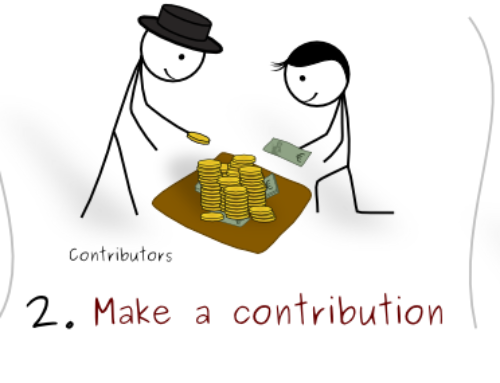There are two ways to become more resilient:
If you’ve suffered a major failure, take the sage advice given by psychologist Martin Seligman in the HBR article “Building Resilience.” Talk to yourself. Give yourself a cognitive intervention and counter defeatist thinking with an optimistic attitude. Challenge your downbeat thinking and replace it with a positive outlook.
But, fortunately, major failures come along rarely in life.
What about bouncing back from the more frequent annoying screwups, minor setbacks and irritating upsets that are routine in any leader’s life?
The brain has a very different mechanism for bouncing back from the cumulative toll of daily hassles. And with a little effort, you can upgrade its ability to snap back from life’s downers.
Whenever we get so upset we say or do something we later regret (and who doesn’t now and then?), that’s a sure sign that our amygdala — the brain’s radar for danger, and the trigger for the fight-or-flight response — has hijacked the brain’s executive centers in the prefrontal cortex. The neural key to resilience lies in how quickly we recover from that hijacked state.
To tackle this in the workplace, Davidson team offered the employees of a high-pressure, 24/7, biotech company, the instruction in mindfulness, an attention-training method that teaches the brain to register anything happening in the present moment with full focus — but without reacting.
The instructions are simple:
- Find a quiet, private place where you can be undistracted for a few minutes — for instance, close your office door and mute your phone.
- Sit comfortably, with your back straight but relaxed.
- Focus your awareness on your breath, staying attentive to the sensations of the inhalation and exhalation, and start again on the next breath.
- Do not judge your breathing or try to change it in any way.
- See anything else that comes to mind as a distraction — thoughts, sounds, whatever — let them go and return your attention to your breath.
After eight weeks, and an average 30 minutes a day of practicing mindfulness, the employees had shifted their ratio from tilted toward the stressed-out to the resilient side. What’s more, they said they remembered what they loved about their work — they got in touch with what had brought them energy in the first place.
To get the full benefit, follow:
A daily practice of 20 to 30 minutes works best; think of it like a mental exercise routine. It can be very helpful to have guided instructions, but the key is to find a slot for it in your daily routine. (There are even instructions for using a long drive as your practice session.)
Mindfulness has been steadily gaining credence among hard-nosed executives. There are several centers where mindfulness instruction has been tailored for businesspeople, from tony resorts like Miraval to programs in mindful leadership at the University of Massachusetts Medical School in Worcester. Google University has been offering a course on mindfulness to employees for years.
Article by: Daniel Goleman, he is Co-Director of the Consortium for Research on Emotional Intelligence in Organizations at Rutgers University, co-author of Primal Leadership: Leading with Emotional Intelligence, and, most recently, author of The Brain and Emotional Intelligence: New Insights.
via Resilience for the Rest of Us – Daniel Goleman – Harvard Business Review.






Leave A Comment
You must be logged in to post a comment.